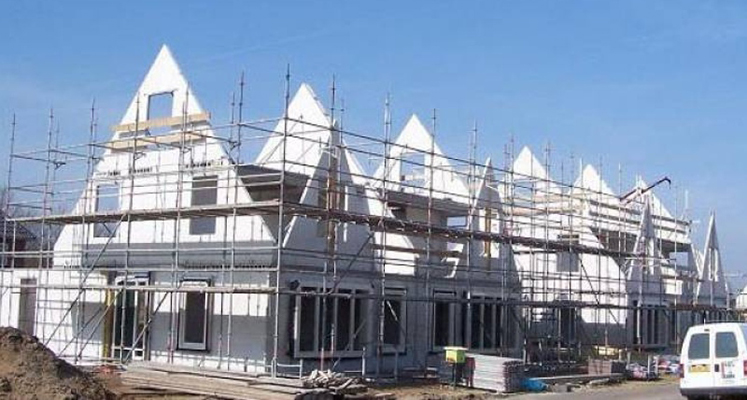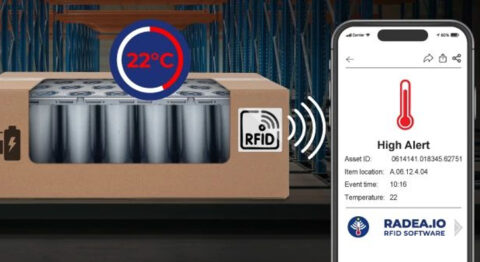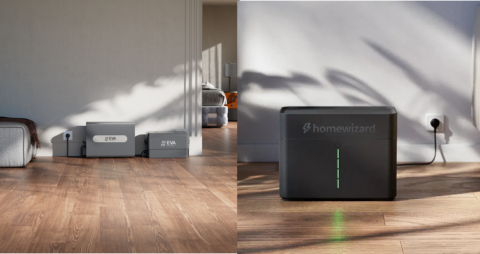The construction industry is under pressure. There is a need to accelerate housing construction and at the same time a need to quickly reduce CO₂ emissions. Developers, housing corporations and builders are eager to contribute to building with minimal emissions, but as a sector need unambiguous guidance. That is why NEPROM and Dutch Green Building Council (DGBC) have jointly developed the Quick Carbon indicator.
Focusing on the entire life cycle, as with the Environmental Performance of Buildings (MPG), provides insufficient insight into how to reduce CO₂ emissions in the short term. That is why the Quick Carbon indicator has been developed. This calculation method focuses integrally on the actual expected material-related and operational CO₂ emissions, with an emphasis on the short term (up to 2040).
Insight
The Quick Carbon indicator provides insight at three different levels: project level, organization level and ultimately sector level. For example, the calculation method helps to make effective trade-offs in the design process and to reduce a structure's contribution to climate change. Also, the calculation method helps to quantitatively monitor CO₂ emissions, based on performance per functional unit of building. And ultimately in determining sector-wide CO₂ reduction paths, the next step in development.
Laetitia Nossek, program manager at DGBC: "For long-term emissions we have the Whole Life Carbon approach and Paris Proof, but for the short term there was a lack of clarity. With this integral calculation method, we make material-related and operational CO₂ emissions transparent up to and including 2040. We have now taken the first step and with this we are providing insight to the sector. The second step is to develop reduction paths. So we are moving from measuring and knowing to doing."
Existing methods
The Quick Carbon indicator is not a new calculation method, but represents the results of existing methods in a different way. To this end, developers and builders can use existing calculation tools for most of the calculation. The indicator consists of the calculation protocol, a background report explaining the underlying choices and a calculation tool where results from the existing methods (MPG and BENG) can be entered to arrive at a Quick Carbon indicator calculation. The focus - for the first version of this indicator - is on new construction. With some minor adjustments, the indicator can also be applied to non-residential construction.
Together with the market
DGBC and NEPROM are the initiators of the development of the Quick Carbon indicator. The calculation model, the fill-in sheet and the underlying report were carried out by consultants Copper8, NIBE and W/E consultants. Various market parties were consulted, including developers AM, BPD, Dura Vermeer, Heijmans, Synchroon and Trebbe as well as Aedes, the association for housing corporations.












